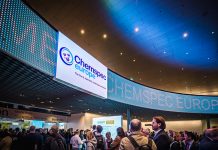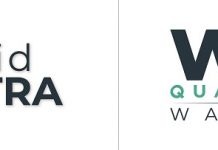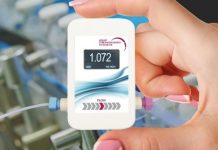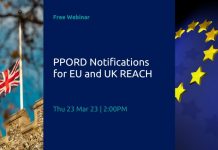The 2013 REACH deadline is nearly upon us and regulatory teams across Industry are extremely busy as they struggle to fulfil their registration obligations in time
But certain sectors are already looking beyond May 31 and planning for 2018. For many companies the number of substances to be registered will be massively increased for the third deadline (estimated at ~30,000). This will require a phased approach with submissions carefully planned for each year from 2013 to 2018 to ensure that they have access to sufficient resources, both internal and external.
It is highly likely that companies who decide to adopt the alternative strategy of leaving their registrations to the last minute (as we saw in 2010, and to a lesser extent in 2013) will find that external support (including laboratory slots) is either not available or very expensive. Our advice is to start now! But dossiers don’t come cheap. There’s no doubt that the most expensive and time-consuming part of dossier preparation is the studies.
What if the lessons from 2010 and 2013 can be put to good use to provide in silico alternatives that can slash the cost of your dossier and speed up the turnaround time of the whole process? CEHTRA has invested heavily in new approaches based on best quality data generated from the REACH process to replace studies with “as good as experimental” methods.
The i-SAFERAT toolbox contains a variety of QSARs from tried and trusted off-the shelf models to highly specific and original algorithms based on top quality data. These models meet the REACH obligation to demonstrate algorithm high fidelity.











